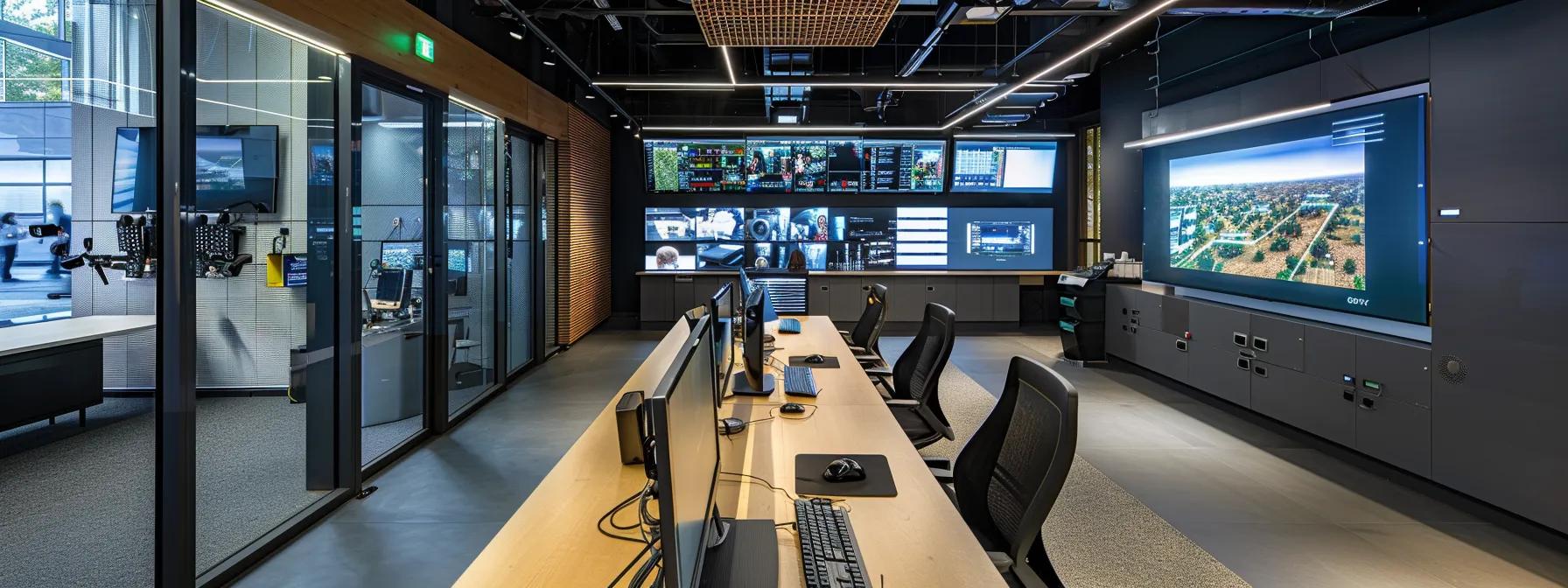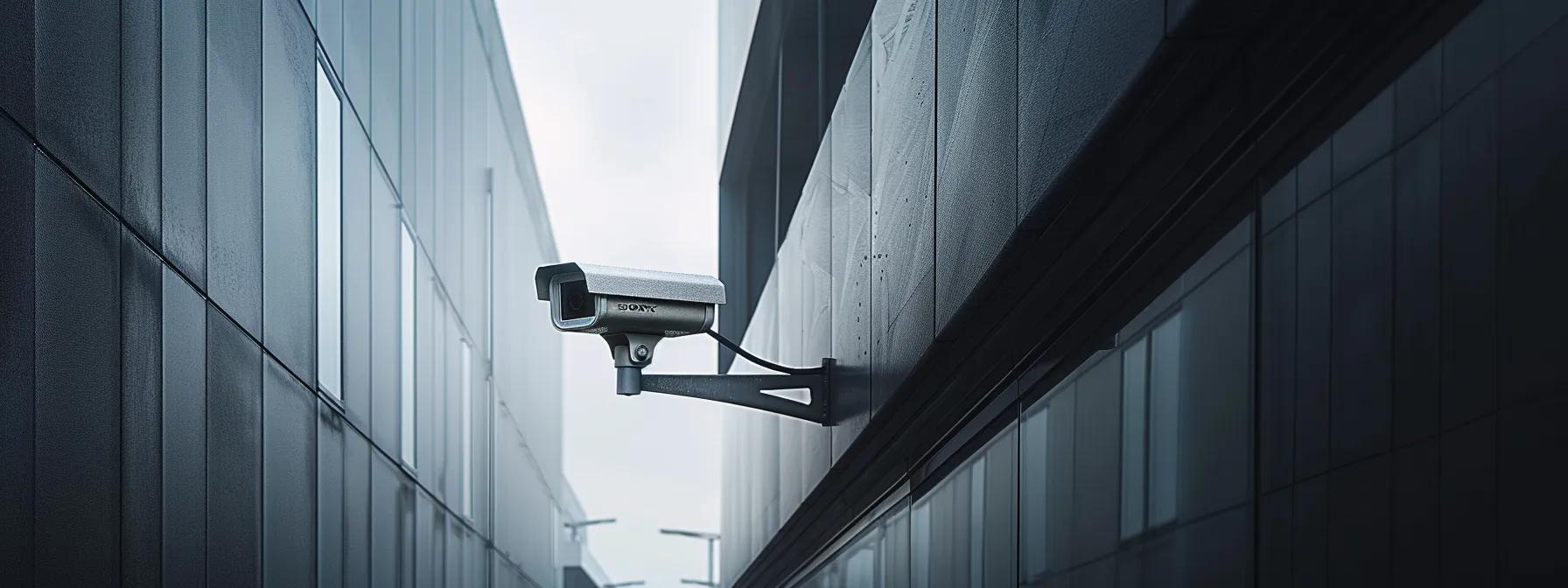
Why Choose Wireless Surveillance Camera Systems for Security
Wireless surveillance camera systems offer modern security solutions with enhanced flexibility, remote monitoring, and simplified installation. They reduce wiring complexity and installation costs while enabling fleet managers and contractors to easily monitor assets and job sites. Many businesses now integrate video security solutions to further enhance their overall security strategy. This article explains how these systems work, their benefits, comparisons with wired alternatives, key considerations, smart security integration, common user concerns, and purchasing tips.
What Are Wireless Surveillance Camera Systems and How Do They Work?
Wireless surveillance camera systems use radio frequency or Wi-Fi connections to transmit video data from cameras to a central device without physical cables. They capture video via digital sensors, compress the data, and send it securely using advanced encryption protocols. This technology is compatible with modern network infrastructures and supports features such as high-definition imaging and motion detection.
What Defines a Wireless Surveillance Camera System?
These systems are defined by self-contained cameras that use wireless transceivers instead of cables. Key features include battery or power-over-ethernet options, high-definition imaging, and integrated motion sensors. This design ensures reliable monitoring even in remote or hard-to-wire areas, making them ideal for both indoor and outdoor applications.
How Do Wireless Cameras Transmit Data Without Wires?
Wireless cameras encode video footage and send it via radio waves or Wi-Fi to a base station or cloud storage. Techniques like frequency-hopping spread spectrum minimize interference. This method not only simplifies installation but also allows for easy system expansion and reconfiguration.
What Types of Wireless Cameras Are Available?
Models include bullet, dome, and PTZ (pan-tilt-zoom) cameras. Bullet cameras are weather-resistant and suitable for outdoor security; dome cameras offer discreet indoor monitoring; and PTZ cameras provide wide-area control. Some hybrid models also combine infrared night vision, motion detection, and advanced analytics for comprehensive 24/7 coverage.
What Are the Key Benefits of Choosing Wireless Surveillance Cameras for Security?

Wireless surveillance cameras cut installation time and cost by eliminating extensive wiring and structural modifications. They offer remote access for live and recorded footage, advanced features like motion detection and AI analytics, and scalable solutions that adapt to growing security needs.
How Does Ease of Installation Save Time and Costs?
Without the need for complex cable management or trenching, wireless systems can be installed quickly. This reduced labor and minimized disruptions mean faster deployment and lower overall costs, benefiting contractors and businesses alike.
How Does Remote Access Enhance Property Monitoring?
Remote access allows users to view live feeds and recorded footage from any internet-connected device. This is crucial for monitoring multiple locations or extensive properties, as mobile apps and web interfaces provide real-time alerts and control over camera settings.
What Advanced Features Improve Security Effectiveness?
Features such as motion detection, AI-powered analytics, night vision, and two-way audio communication enhance system effectiveness. These technologies help reduce false alarms and improve detection accuracy, ensuring a timely response to critical events.
How Does Scalability Support Growing Security Needs?
The modular design of wireless systems allows for effortless addition of cameras or sensors without re-cabling. This scalability helps businesses expand their security network as needs evolve while keeping costs in check.
How Do Wireless Surveillance Systems Compare to Wired Alternatives?
Wireless systems offer greater flexibility, faster installation, and easier scalability compared to traditional wired systems. Although both have merits, wireless cameras are advantageous in dynamic environments and situations where complex cabling is problematic.
What Are the Installation Differences Between Wireless and Wired Systems?
Wired systems require extensive cabling and higher labor costs due to their complex installation process. In contrast, wireless systems use pre-configured cameras that integrate seamlessly with existing platforms, resulting in quicker deployments and less disruption.
How Do Wireless Systems Offer Greater Flexibility?
Wireless setups allow for simple repositioning or addition of cameras without major remodeling. Their flexibility benefits areas that require frequent changes, such as construction sites or evolving business spaces.
Are Wireless Cameras as Reliable as Wired Ones?
Advancements in technology have enabled wireless cameras to offer reliability comparable to wired systems. By incorporating redundancy protocols, adaptive signal boosting, and regular firmware updates, modern wireless systems ensure consistent performance even in environments with potential interference.
What Should You Consider When Choosing a Wireless Surveillance Camera System?

When selecting a system, consider essential camera features, storage options, and professional support. Evaluate factors such as resolution, field of view, night vision, and motion detection to ensure alignment with your security strategy.
Which Camera Features Are Essential for Your Security Needs?
Look for high-resolution imaging, a wide field of view, and night vision capabilities. Advanced features like two-way audio and AI-powered analytics are also important, especially for outdoor security, where rugged cameras with infrared sensors can be crucial.
How Important Is Storage: Cloud vs. Local Options?
Both cloud-based and local storage options have benefits. Cloud storage offers scalability, remote backup, and ease of access, while local storage provides faster retrieval and avoids recurring fees. Your choice should balance data security, access speed, and cost considerations.
What Role Does Professional Installation and Support Play?
Professional installation minimizes interference and ensures optimal coverage. Ongoing technical support is vital for troubleshooting, firmware updates, and compliance with local regulations, ensuring your system remains effective over time.
How Can Wireless Surveillance Cameras Integrate With Smart Home and Business Security?
Wireless cameras can be seamlessly integrated with smart home and business security networks. This creates a unified system that enhances efficiency and provides coordinated alerts.
What Smart Home Platforms Support Wireless Cameras?
Platforms such as Google Nest, Amazon Alexa, and Apple HomeKit support integration with wireless surveillance cameras. This connectivity enables voice control, automated routines, and synchronized alerts across multiple devices.
How Do Wireless Cameras Enhance Business Security Systems?
In commercial environments, wireless cameras work with access control systems, alarm monitoring, and intrusion detection software. Their real-time remote accessibility and advanced analytics help businesses detect unauthorized access and prevent theft or vandalism.
What Are the Benefits of AI-Powered Analytics in Wireless Systems?
AI analytics automatically detect anomalies like unusual motion or unauthorized entry, reducing the need for constant human monitoring. Features such as facial recognition and license plate detection provide valuable insights for proactive security management.
What Are Common User Concerns About Wireless Surveillance Cameras?

Users often worry about data security, power options, and environmental reliability. Addressing these concerns is critical to understanding system capabilities and limitations.
How Secure Is the Wireless Data Transmission?
Data is protected using encryption methods such as WPA2/WPA3. Regular system updates and secure pairing further enhance security, ensuring that video streams remain confidential and legally compliant with data privacy standards.
What Are the Battery Life and Power Options?
Battery life can range from several months to over a year, depending on usage and resolution settings. Options like PoE adapters and solar panels offer reliable power alternatives, ensuring continuous operation even in remote areas.
How Do Wireless Cameras Perform in Different Weather Conditions?
Engineered for diverse conditions, modern wireless cameras feature weatherproof designs (e.g., IP66 ratings) and built-in infrared sensors. They deliver consistent performance in rain, snow, extreme temperatures, and low-light environments.
Where Can You Buy Reliable Wireless Surveillance Camera Systems?
Reputable vendors specializing in security technology offer reliable wireless surveillance systems. Look for providers that offer strong customer support, warranty options, and positive user reviews.
What Should You Look for in a Wireless Camera Provider?
Choose a provider that offers high-resolution cameras with features like secure data transmission, smart connectivity (Google Nest, HomeKit), and scalable network options. A strong reputation for customer service and competitive pricing also ensures a cost-effective solution.
How Do Customer Reviews Reflect System Performance?
Customer reviews can highlight real-world performance, ease of installation, and reliability. Favorable reviews about technical support, user-friendly interfaces, and system durability are good indicators of a quality product.
What Are the Typical Price Ranges and Packages Available?
Prices vary with camera quality, number of devices, and feature sets. Home security packages often start at a few hundred dollars, while complete business systems can cost several thousand dollars. Scalable packages and subscription-based cloud options allow you to tailor the investment to your specific needs.
Frequently Asked Questions
Q: How does wireless surveillance compare to wired systems? A: Wireless systems offer easier installation, flexibility, and remote access, while wired systems may provide slightly higher reliability in interference-free environments.
Q: Can wireless cameras be affected by interference? A: Yes, environmental factors can impact performance, but modern systems use frequency-hopping and encryption to minimize disruptions.
Q: What power options are available for wireless cameras? A: They can be powered by batteries, PoE adapters, or solar panels, offering flexibility in various installation scenarios.
Q: Are wireless surveillance systems easy to integrate with existing smart home networks? A: Yes, they integrate seamlessly with platforms like Google Nest, Amazon Alexa, and Apple HomeKit, allowing unified security management.
Q: How secure is the data transmission in wireless camera systems? A: Advanced encryption methods ensure that data transmission remains confidential and meets modern security standards.
Final Thoughts
Wireless surveillance camera systems revolutionize property security with flexible installation, robust remote access, and advanced analytics. By considering essential features, storage, integration capabilities, and vendor reliability, users can choose a system that meets their unique security needs. As technology evolves, these systems remain a vital component of modern security strategies, ensuring proactive monitoring and peace of mind for all assets.




